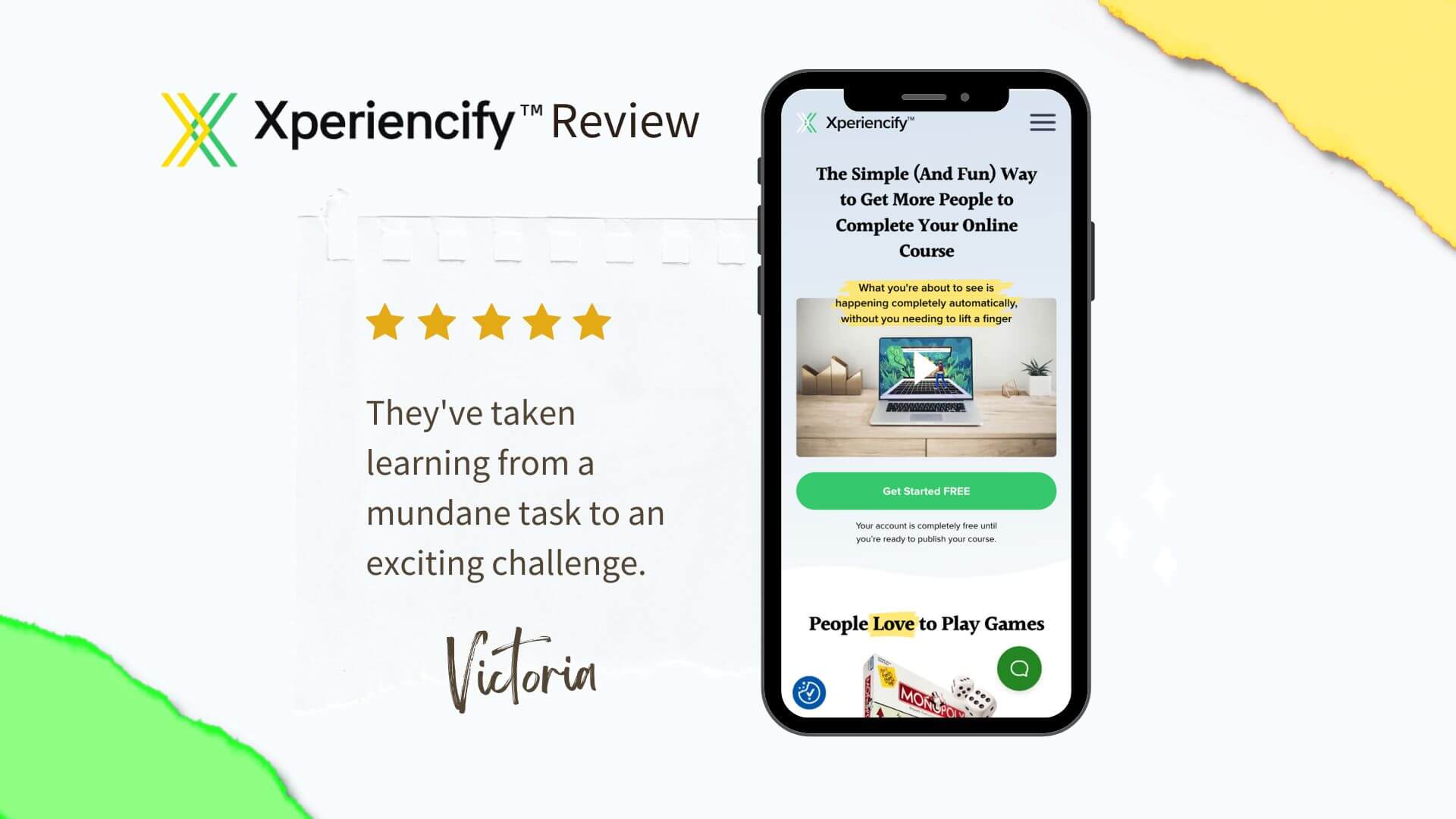The ‘new normal’ is likely to extend and normalize in the future of work. The new arrangements, especially options such as flexible working hours, hybrid, and fully remote work, have challenged traditional relationships with employees and employers.
Innovations in technology and the changing demands of employees have led to a new way of working, which is increasingly flexible and offers more freedom in terms of where and when people work.
That said, with the constantly changing customer preferences, how can employees stay agile?
One of the biggest challenges brought on by the pandemic—and the resulting rapid adoption of digital channels—is understanding what your customers really want and how they want to be communicated.
This can seem like an impossible task because there are so many potential touchpoints between your brand and its target audience.
Let’s explore the definition of how the workplace functions and how it affects your business.
Examples of inbound and outbound support
Inbound support happens when a customer contacts a company using any of the popular contact channels, synch as live or social chats, online calls, video calls, or emails, to name a few. The experience throughout these conversations is crucial since happy customers become loyal fans and refer others.
For other businesses, sales and marketing teams can take a more proactive approach to reaching out to customers. This might include a pop-up chat initiated by your employee to provide tips and personal assistance.
Today, the distinction between inbound and outbound support is less obvious.
Customer service teams are no longer required to belong to any particular department.
For example, a customer may receive a follow-up call or SMS promoting an extended warranty program after requesting an onsite repair from an appliance brand.
A total experience platform that unifies inbound and outbound support will give your customers a seamless experience.
Other benefits include:
- Simplifying communications inside one dashboard
- Synchronizing tracking and reporting
- Faster onboarding for employees
As a result, customers are happier and more loyal, which helps drive revenue.
The ratio of external to internal customers
Your employees are also customers.
They’re the ones who use your products and services too. When your employees are happy with their experience, they’re more likely to deliver a great customer experience (CX).
Employee experience (EX) is important for companies to improve customer relationships and show that they care about the people who serve as their brand ambassadors. If employees are dissatisfied, it will be reflected in the form of disengaged and uninspired team members, as well as poor customer interactions.
Using a total experience platform to improve employee experience can help you create a more unified and cohesive company culture. Connecting your employees to customers through the same platform will also help them understand how their work impacts overall business performance.
Let’s face it, it’s a two-way street, and it’s important to create a positive experience for both parties.
Convergence is changing everything
Established companies realize that they need to converge all customer interactions in a single knowledge base.
This is a big change from the past when many organizations had separate platforms to manage customer service and sales. Now, they realize that they need to bring all these interactions together in one place. However, it isn’t easy to get right.
Many companies have realized it’s not enough to store all customer interactions in one place. You need a system that is flexible enough to support the unique needs of each interaction, while also providing consistent access to information across the organization.
Why use a total experience platform
A total experience platform can be used to address both customers’ and employees’ needs.
Let’s look at the five big reasons why your company should consider using a total experience platform.
1. Unified channels and touchpoints
According to Gartner, 50% of big organizations fail to unify engagement channels, resulting in a disjointed customer experience that lacks context.
To better manage customer relationships, brands need a communication platform, like CINNOX, that lets customers contact them via fast-growing social media apps like WhatsApp and Facebook Messenger.
As the omnichannel experience becomes the new normal, unified communication channels are key for creating a great customer experience.
Customers get seamless access to information and assistance across multiple touchpoints such as live chat, social media, email, and more.
2. Unified workspace and workforce
Remote teams have to work hard to stay connected with one another. It can be difficult for colleagues who don’t see each other every day to get up to speed on the latest updates on their projects or departments.
To combat this issue, companies need to invest time and resources into establishing clear communication protocols that are consistently followed by all team members.
One easy way to do it is by localizing support teams.
Customers interact with a company regardless of who is serving them or what time zone they work in. Companies that want to make the most of their global workforce can install software and hardware infrastructure that effectively leverage remote teams.
3. Unified view of the customer journey
It’s challenging to get an overview of the customer journey without knowing the complete experience of your customers.
In the past, you had to check every interaction, such as those via email or live chat. It was a waste of time for your team. Besides, some conversations might have fallen through the cracks, resulting in a poor customer experience.
When you map out the customer journey and touchpoints, employees can see all customer interactions in one place.
This means you can:
- See everything a customer has said and done on your website.
- Quickly find the information you need for each conversation, such as name, email address, and chat logs.
- Link relevant conversations together so you don’t have to spend time searching through multiple records.
- Empathize with your customers and create a positive experience.
4. Unified customer data
Data silos are a problem that many small businesses face. Different departments often work independently since they are focused on meeting their own business goals.
This can lead to a variety of issues, including:
- Not being able to see the big picture and make informed decisions based on all available data.
- Being unable to identify trends or patterns that could help companies improve their overall business performance.
A total experience platform unifies customer data and creates a standardized view for each customer that simplifies the work processes for your team.
5. Unified technology stack
Companies often begin with a simple email solution for handling customer inquiries.
As soon as the number of customers grow, they add live chats to facilitate real-time interactions, followed by a CRM package to keep track of the leads. It results in data silos and various digital solutions catering to each function.
When you unify your tech stack with a total experience platform, you can remove overlaps between tools, get a holistic view of your customers as well as maximize ROI and reduce costs.
A unified technology stack is also critical to achieving customer experience excellence. You need a single system for handling all customer interactions, whether it’s through email, live chat, or social media. It should support multiple channels, including voice and video, within the same platform.
Happy team, happy customers
A unified total experience platform is more than a set of tools. It’s a way to build a culture and have an impact on your customers’ lives. Your employees will feel supported by their leaders when they have access to the right technology and training.



Hello there!
My name is Victoria.
I am an SEO expert, Medium top writer, solopreneur, and the founder of Self Made Millennials. I help companies create optimized content and attract potential customers through organic search results. In addition, I share how content creators can monetize their writing skills.
Get my SEO writing guide
Free SEO email course
Latest posts
Related blog posts
Creator tools LearnWorlds Course Platform Review (2024): Features and Pricing written by Victoria Kurichenkoposted onJune 13, 2023Have you ever felt like you’re brimming with insights, bursting with knowledge that’s begging to be shared, but you’re wrestling with how to package it all up and monetize it? I hear you. The …
Creator tools Xperiencify Review (2024): Your Gaming Course Builder written by Victoria Kurichenko posted on June 22, 2023 In the 1960s, a professor named Don Bitzer at the University of Illinois created the first e-learning system which he affectionately named ‘PLATO.’ Programmed Logic for Automatic Teaching Operations (a mouthful, I …





